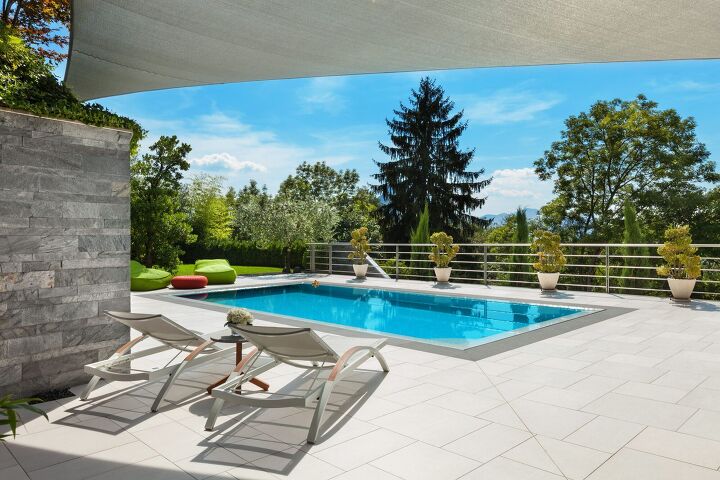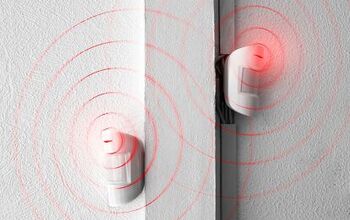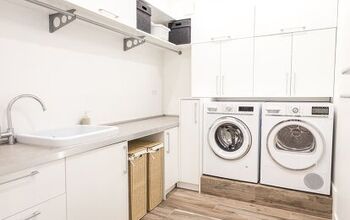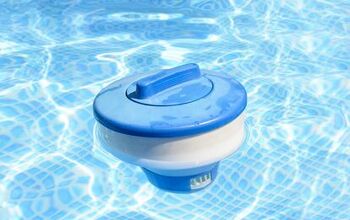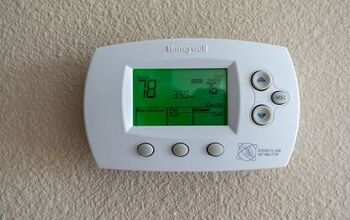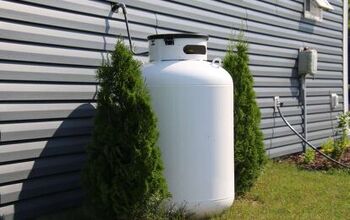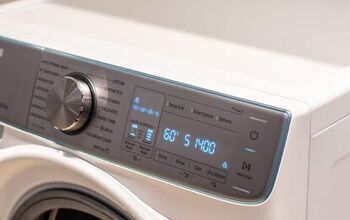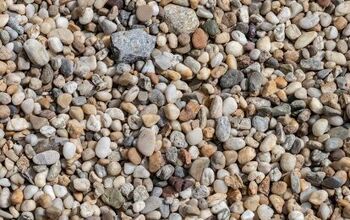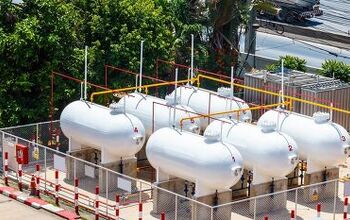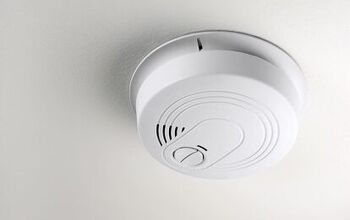Why Does My Pool Keep Turning Green?

A swimming pool is a luxury, and while it requires a lot of maintenance, it’s worth every penny. However, the sight of green water in your pool can thwart any plans that you have of swimming laps or leisurely floating. Many frustrated homeowners have asked themselves the question: why does my pool keep turning green?
Your pool keeps turning green due to an algae bloom, high phosphate levels, and imbalanced chemicals. Test your pool water and make sure that the pH level stays between 7 and 7.6 to reduce the risk of algae forming. Treat your swimming pool with shock and an algaecide to kill algae and scrub the walls and filter if the water stays green.
It typically takes between 3 and 7 days for the water in your swimming pool to clear up if you have an algae bloom. Avoid swimming in your pool if the water is green, as algae can irritate your skin and lungs. Follow along as we explore why your pool keeps turning green and highlight the best ways to treat the water.
Why Does My Pool Keep Turning Green Even After Shocking?
Your pool keeps turning green even after shocking because you likely have a buildup of algae. Algae can accumulate if there is something wrong with your pool’s filtration system or if you struggle to keep up with the ideal chlorine level. It’s common for algae to appear shortly after you open your pool when you haven’t been able to treat it with chemicals and run the filtration system for too long.
A pool can keep turning green even after shocking it if the problem has gotten out of hand. Unfortunately, it can take up to 7 days to clear a green pool in some cases. It rarely takes less than 3 days to get rid of the algae, but it depends on the severity of the case.
Is It Safe To Swim In Green Pool Water?
It is typically considered unsafe to swim in green pool water. The algae in the water can cause skin irritation and can even damage your lungs in extreme cases. Green pool water often indicates the presence of other contaminants and germs in your swimming pool.
E-coli and other dangerous bacteria can thrive in a pool that has an algae bloom. Ideally, you should treat your green swimming pool before swimming in it to reduce the risk of rashes, skin irritation, and respiratory problems. This is especially true if you have pre-existing conditions, such as asthma or COPD.
How Do You Fix A Green Pool Fast?
You can quickly fix a green pool if you shock it and run the filtration system for 24 hours per day. It also helps to brush the walls and floors of the pool to loosen up the algae and kill it. Run a vacuum if you have one and make sure to empty the pool basket so your filter doesn’t have to work too hard.
Test your water before you add chemicals to make sure that you don’t put too much chlorine in the pool. If there isn’t already too much chlorine in the water, you can add the shock. Evenly distribute the shock treatment throughout the length of your pool for the best results.
Now you can add algaecide to the water. Algaecide is typically made of copper chelates or sulfates and it can quickly kill algae. Don’t swim for at least 20 minutes after using an algaecide ,as the chemicals can irritate your skin.
How Do I Keep My Pool From Turning Green?
The best way to keep your pool from turning green is to regularly balance the chemicals. Ideally, you should maintain a pH level of 7 to 7.6 in your swimming pool. Never let your pool reach a pH level of 8 or higher ,as this can welcome algae and cause skin irritation.
It’s common for homeowners to open their pool in the spring only to find green water. This can happen if your pool cover is old or dirty. Check your pool cover before you close your pool for the season to make sure that it isn’t too dirty.
Replace your pool cover if it is too dirty so that you don’t trap algae and bacteria in the fall and winter. Make sure to shock your pool and clean the filter before you close it for the season as well. This will give you an advantage when the time comes to open your pool, and it is less like to turn green.
Is Algaecide Safe?
Algaecide is safe, but you shouldn’t swim right away after using it. Most brands of algaecide recommend staying out of the water for 15-20 minutes before getting in the pool. However, it’s ideal to exercise caution and wait up to a full day if you have battled green water for a while.
It sometimes takes several algaecide treatments before you can eliminate all of the algae. You should only typically use algaecide once per week to eliminate pool algae. Excessive algaecide can produce foam and leave a residue behind in your filter and on the walls and floors in your pool.
You can even safely use an algaecide in a pond with natural wildlife without harming the animals. However, you should never exceed the maximum recommended amount of algaecide or there will be too much copper in the water.
Swimming Pool Is Green But Has No Algae
In some cases, a swimming pool can turn green without algae due to pollen. This is common during spring if your swimming pool is surrounded by trees and plants. You can tell that this is the case if your pool’s pH and chemical levels are fine and there is no algae but the water is still green.
A high copper content in the water can also make it appear green. The presence of moss and fallen leaves can also tint your water green in some cases. High phosphate levels can also make your pool turn green and increase the chance of algae blooms.
Summing It Up
Your pool keeps turning green because there is an algae bloom. This can also happen if there is excess phosphate or pollen in your pool if there are many trees and plants nearby. You can keep your pool from turning green if you keep the pH level between 7 and 7.6.
Thoroughly clean your pool, filter, and cover before you close your pool for the season. This will reduce the risk of algae and bacterial growth when you open it again in the spring. Don’t swim in your pool if the water is green, as it can cause respiratory problems and skin irritation.
Related Guides

Nick Durante is a professional writer with a primary focus on home improvement. When he is not writing about home improvement or taking on projects around the house, he likes to read and create art. He is always looking towards the newest trends in home improvement.
More by Nick Durante



